Crosstar? It looks like a Honda Jazz… Well, to all intents and purposes it is. The new Honda Crosstar it is the elevation, literal and metaphorical, of Jazz to the status of crossover. The name may be new, but the recipe for transforming the compact Jazz MPV into the Crosstar compact crossover is no different from those we've already seen applied to some “rolled up pants” models.
The new outfits include the usual black plastic guards skirting the underbody and the mandatory greater ground clearance — just 16mm more — courtesy of higher profile tires (which actually increased the overall wheel diameter) and longer stroke springs.
The exterior differences don't stop there — see which ones are in more detail in the gallery below — but extend to the interior, which presents itself with distinct tones and some new fabric coverings.
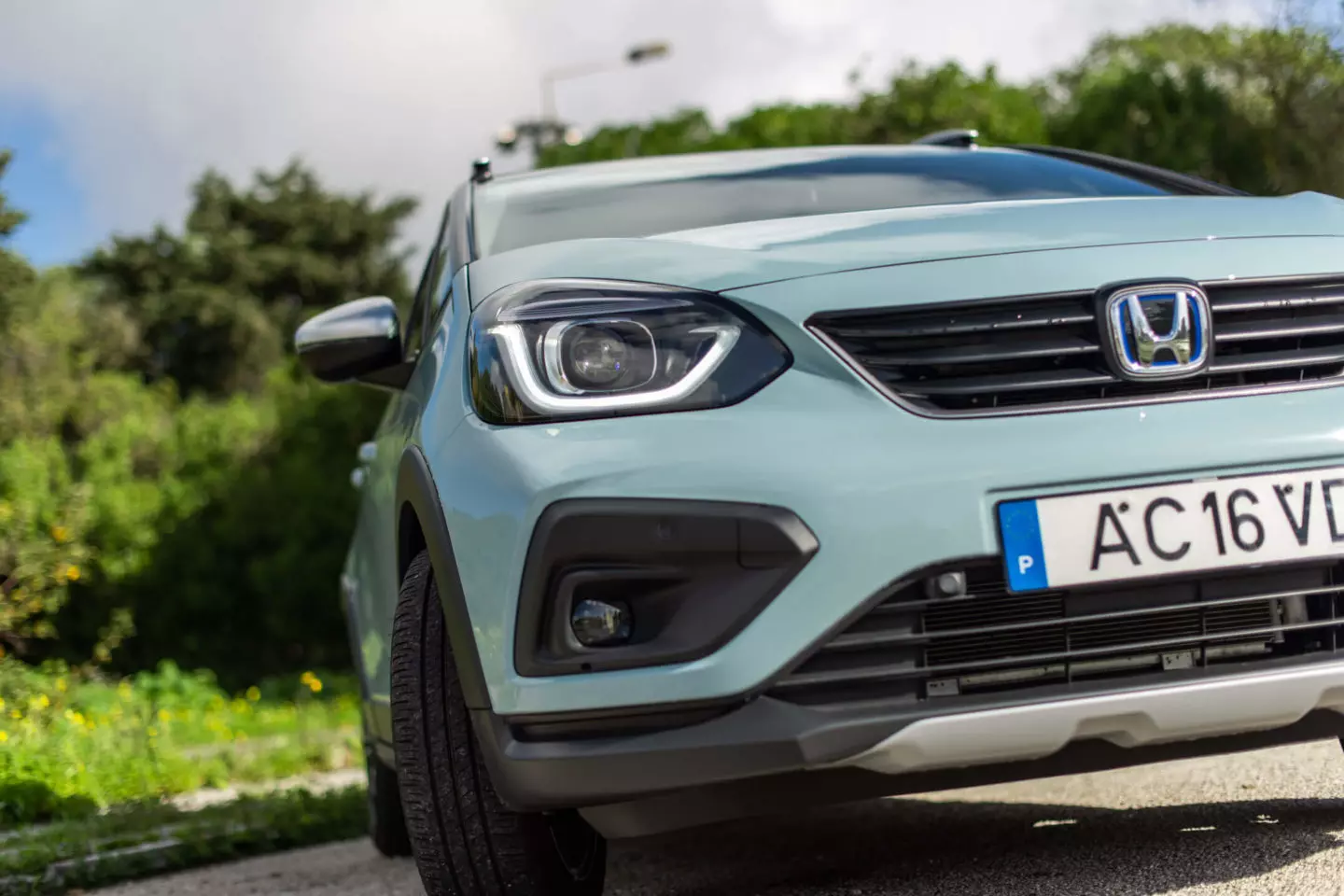
There are several exterior differences between Jazz and Crosstar. At the front, the Crosstar features a new bumper that integrates a larger grille.
hybrid, just and only
For the rest, the Honda Crosstar is, technically, identical to its brother Jazz, a model that has already passed through our garage, tested by Guilherme Costa and João Tomé. And like the Jazz, the Crosstar is only available with a hybrid engine — Honda wants its entire range electrified by 2022, with the exception being the Civic Type R, which even in the next generation will remain… pure… combustion.
Subscribe to our newsletter
Remember that the Honda Crosstar is not a plug-in hybrid (you can't plug it in), but it also differs from other conventional hybrids on the market, such as the Toyota Yaris 1.5 Hybrid or the Renault Clio E-Tech.
Jazz and Crosstar have adopted the same i-MMD system debuted on the CR-V — even the Electric (EV), Hybrid Drive, Engine Drive driving modes — although here, it's a more modest version of it, that is, no it is as powerful as its SUV parent.
We have already detailed the operation of Honda's i-MMD system here, during the first contact with the Honda CR-V, for example. In the following link we clarify everything:
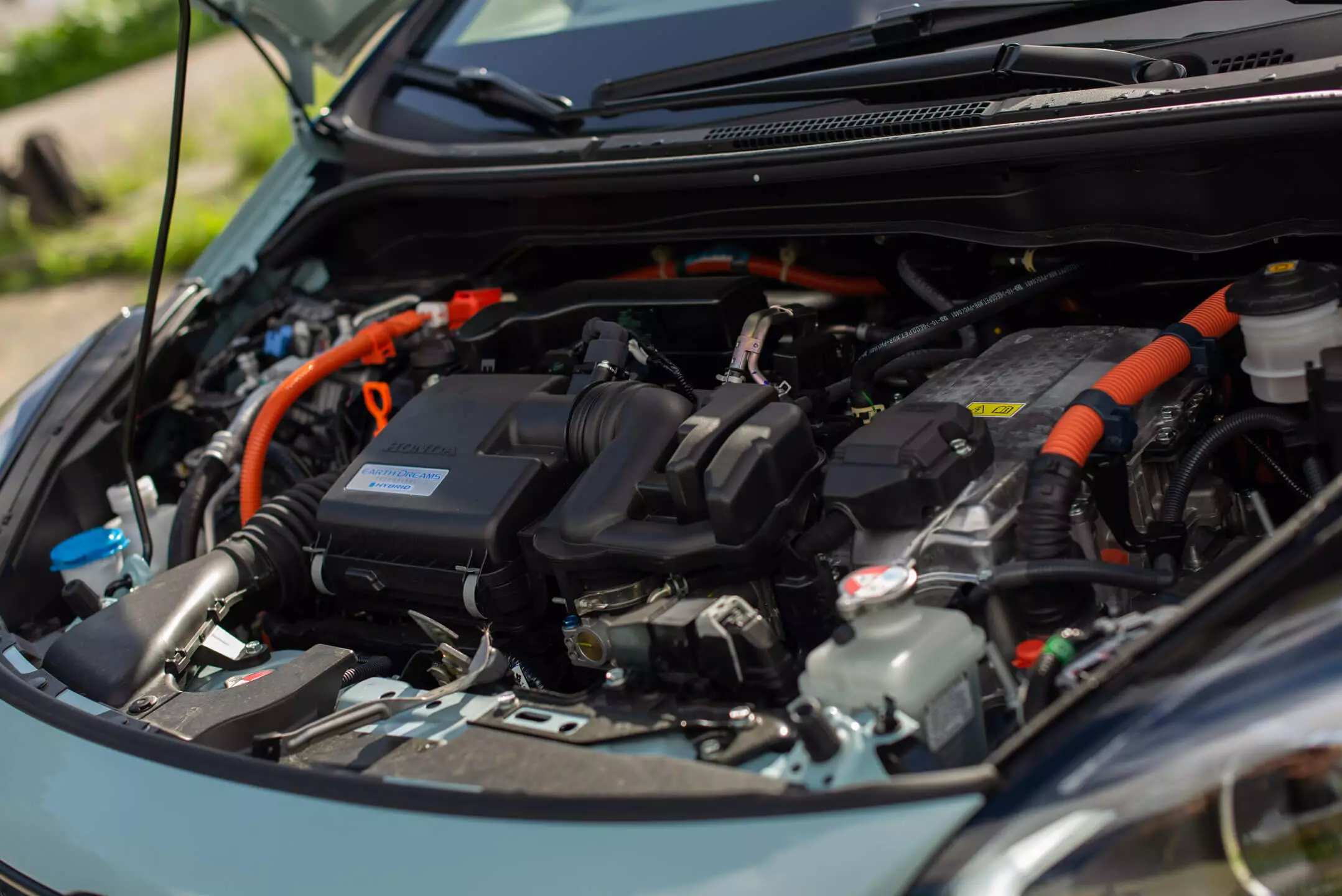
Driving: couldn't be easier
The functioning of the i-MMD system may seem complex at first, but behind the wheel we don't even notice. Driving the Honda Crosstar is no different from driving a car with an automatic transmission. Just put the transmission knob in “D”, accelerate and brake — simple….
The small battery is charged by recovering energy from deceleration and braking — you can put the knob in position “B” for maximum energy recovery — or with the aid of the combustion engine.
This means that when they hear the combustion engine running, it is (almost always) serving as a generator to charge the battery. The only driving scenario in which the combustion engine is connected to the drive shaft (Engine Drive mode) is at high speeds, such as on the highway, where Honda says it is a more efficient solution than using the electric motor.
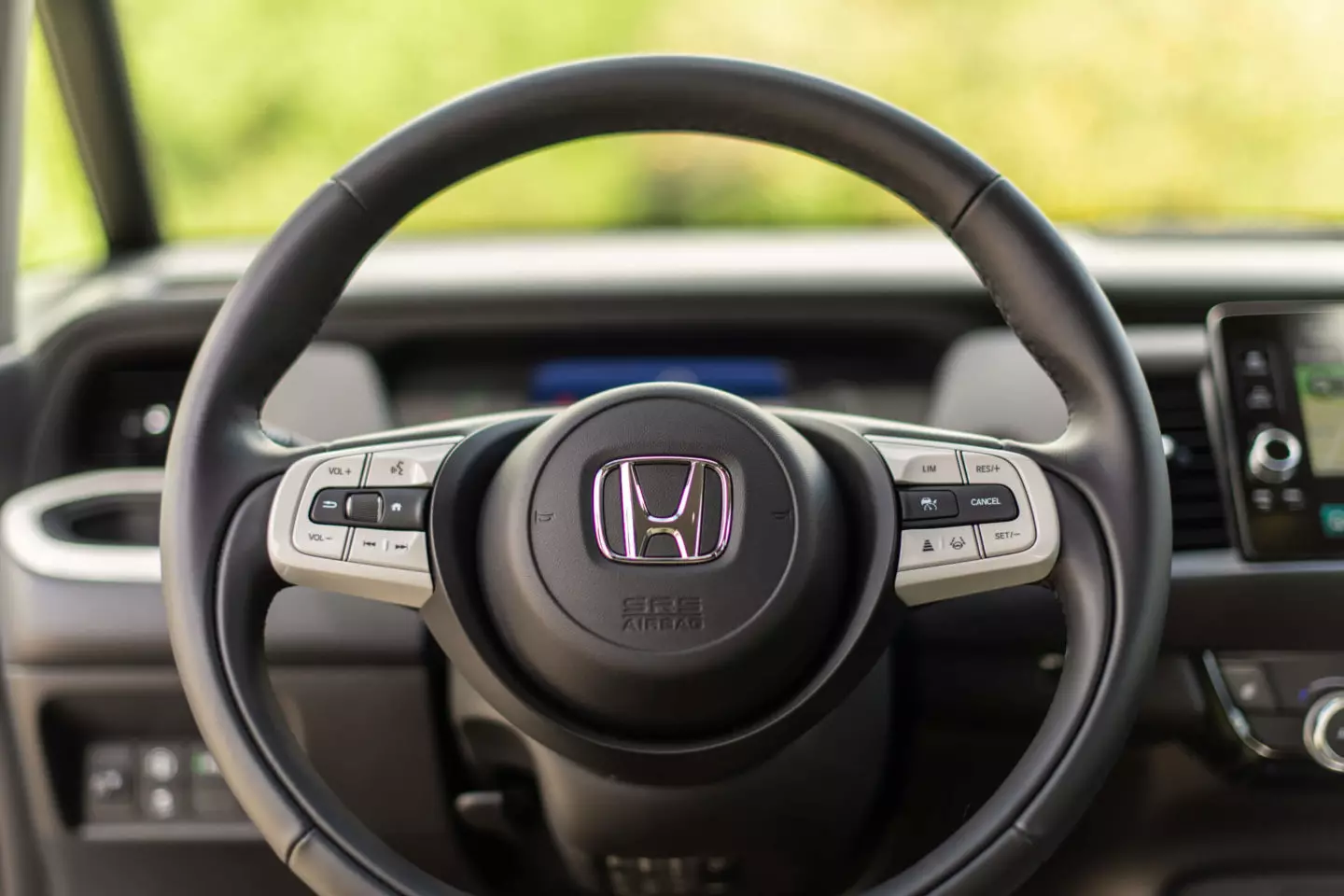
A rim with the correct size and very good grip. It only lacks a little more breadth in its adjustment.
In other words, we don't have to worry about the driving modes I mentioned earlier either; are automatically selected. It is the “brain” of the system that manages everything and selects the most appropriate mode depending on the demands we make of it or the battery charge. To know which mode we're going to, we can look at the digital instrument panel — the letters “EV” appear when in electrical mode — or see the energy flow graph, to see where it comes from and where it's going.
The Honda Crosstar's easy driving is also reflected in its very good visibility (although the double A-pillar on the driver's side can pose difficulties in some situations) and also in its controls, with the steering and pedals having a light touch. In the case of direction, maybe it takes too much; an aid in urban driving or parking maneuvers, but it does not make it the best communication channel about what is going on up ahead on the front axle.
crossover effect
There is no big difference in character between Jazz and Crosstar. The beefy crossover MPV turned out to be a little more comfortable, a few tenths of a second slower on accelerations, and a few tenths of a liter more wasteful than its closest relative—nothing to worry about.
All due to the differences that we initially pointed out about the two, especially those that affect the tires, springs and greater height to the ground (and total).
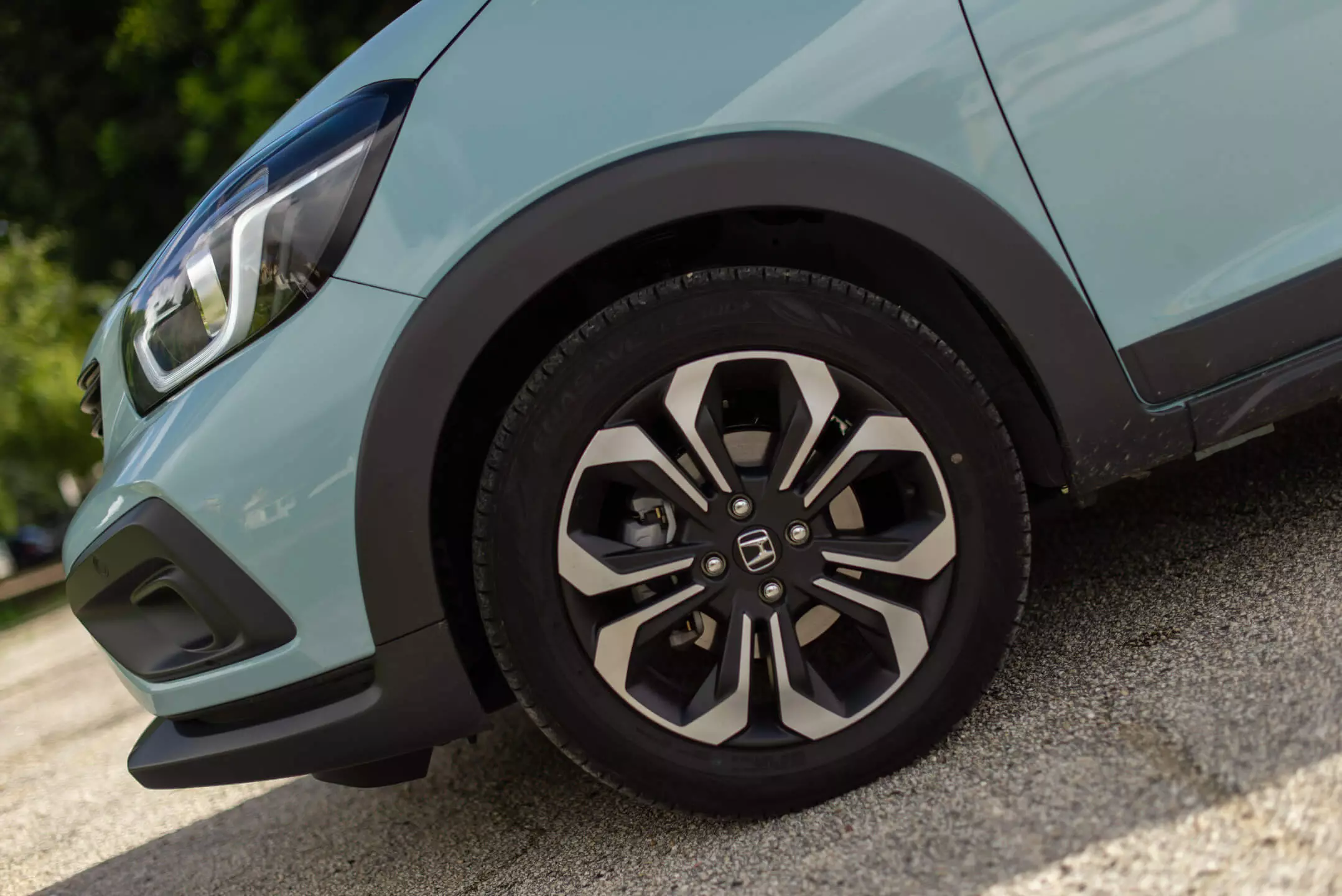
The larger tire profile and longer travel springs allow for an even smoother tread on the Crosstar than on the Jazz and contained rolling noise, as does aerodynamic noise; by the way, the Crosstar refinement is really in a very good plan, even on the highway, except when we decide to step on the accelerator more vigorously. At that point, the combustion engine makes itself heard and quite a bit — and it doesn't sound particularly pleasant.
But it was in one of those moments of “see what happens” that I discovered a curious peculiarity of the hybrid system of Crosstar (and Jazz). Accelerate (even) fully and despite having only one speed, you will hear, clearly, the same thing you would hear if the combustion engine had coupled to a gearbox with several speeds, with the engine speed going up and down again like if a relationship had been engaged—it made me laugh, I have to admit…
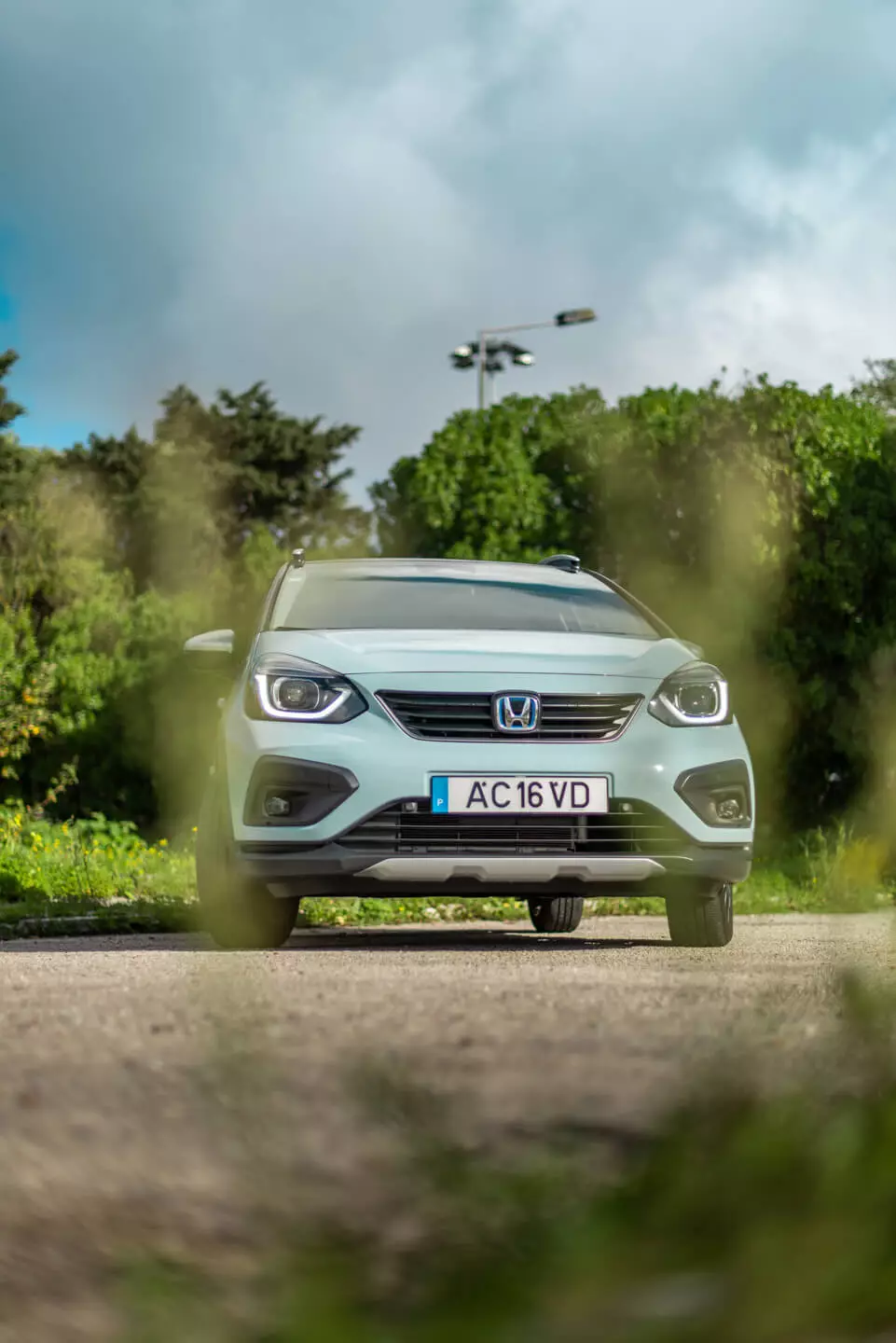
The illusion helps to improve the “match” between acceleration and engine noise, unlike traditional CVT, where the engine is simply “glued” to the highest rpm possible. But it's still an illusion...
However, the electric motor's 109 hp and 253 Nm never fails to deliver convincing acceleration and recoveries, and you don't have to step on the accelerator much to make quick progress.
Comfort in evidence
At whatever pace they move, what stands out most in Crosstar is its comfort. Not only the one provided by the soft damping, but also the one provided by the seats, which, moreover, even provide reasonable support.
All the focus on comfort, however, together with the uncommunicative steering, make the Honda Crosstar a dynamic proposal not very sharp or even captivating.
That said, the demeanor is effective and flawless, and the bodywork's movements are actually well controlled, although it does adorn a little. But where he feels most comfortable is at more moderate paces and with less use of the throttle (again, engine noise can be quite intrusive in a stiffer use).
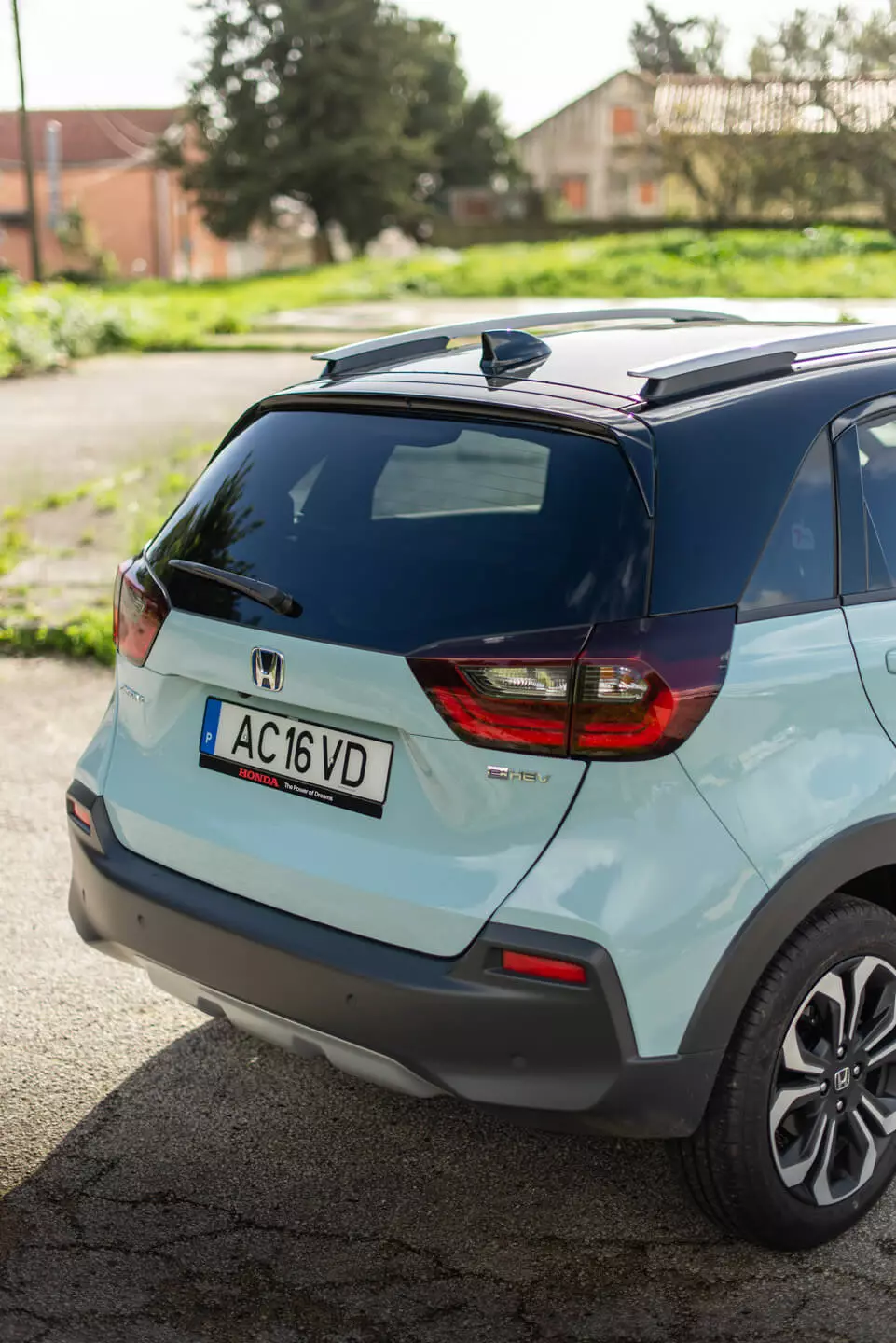
Spend little?
No doubt. Despite not being able to be as spared as the Jazz, the Honda Crosstar still convinces, especially on urban routes, where there are more opportunities to slow down and brake, recovering energy and making greater use of all-electric propulsion. In mixed use, between urban routes and highways, consumption was always below five liters.
If they drive at moderate steady speeds over longer distances, with no opportunity to decelerate or brake to recover power and charge the battery, they'll experience repetitive switching between EV (electric) and Hybrid Drive modes.
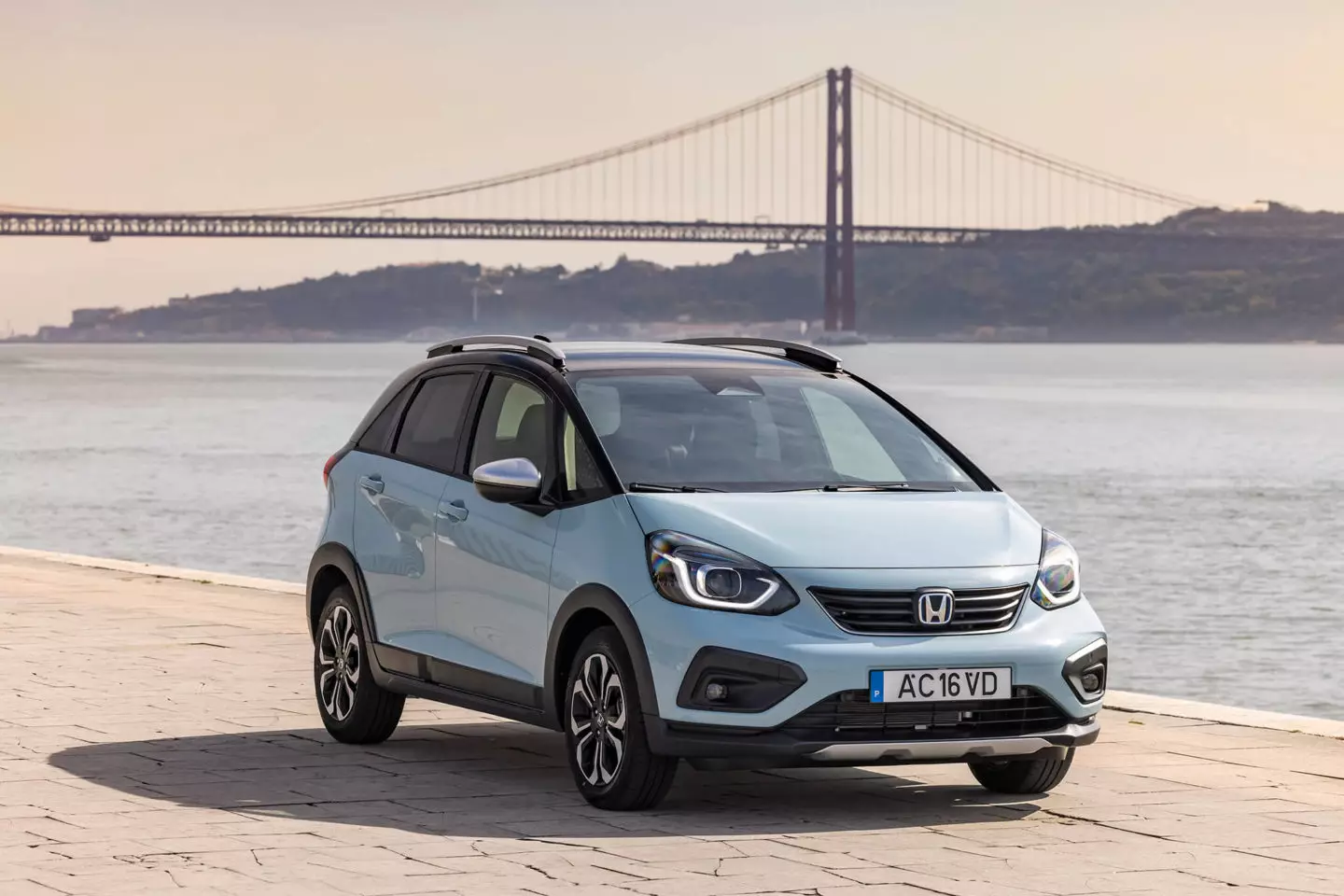
As long as there is “juice” in the battery, they will travel in EV (electric) mode — even at speeds of 90 km/h — but as soon as it starts running low on energy (maybe it can handle 2 km, depending on speed), the Combustion engine goes into service (Hybrid mode) and charges it until there is enough energy stored. A few minutes later, with enough juice on the battery, we return to EV mode automatically — and the process repeats over and over and over again…
Even so, despite the on-board computer recording high values while the combustion engine charges the battery, at a stabilized speed of 90 km/h, consumption remained at 4.2-4.3 l/100 km. On highways, only the combustion engine is connected to the wheels (Engine Drive mode), so consumption of 6.5-6.6 l/100 is not surprising. Although the 1.5 l heat engine uses the most efficient Atkinson cycle, it doesn't help aerodynamically for the Crosstar to be short and tall.
Is the car right for me?
Finished the test here and I would have no problem recommending the Honda Crosstar to anyone. As João and Guilherme found in their tests of the new Jazz, this could well be the right recipe for any utility vehicle: spacious, versatile, practical and here even more comfortable — the recipe for the first Jazz is still as current today as when it was released. It may not be the proposal with the greatest sex appeal, but it delivers, with speedy and economical serenity, everything it promises.
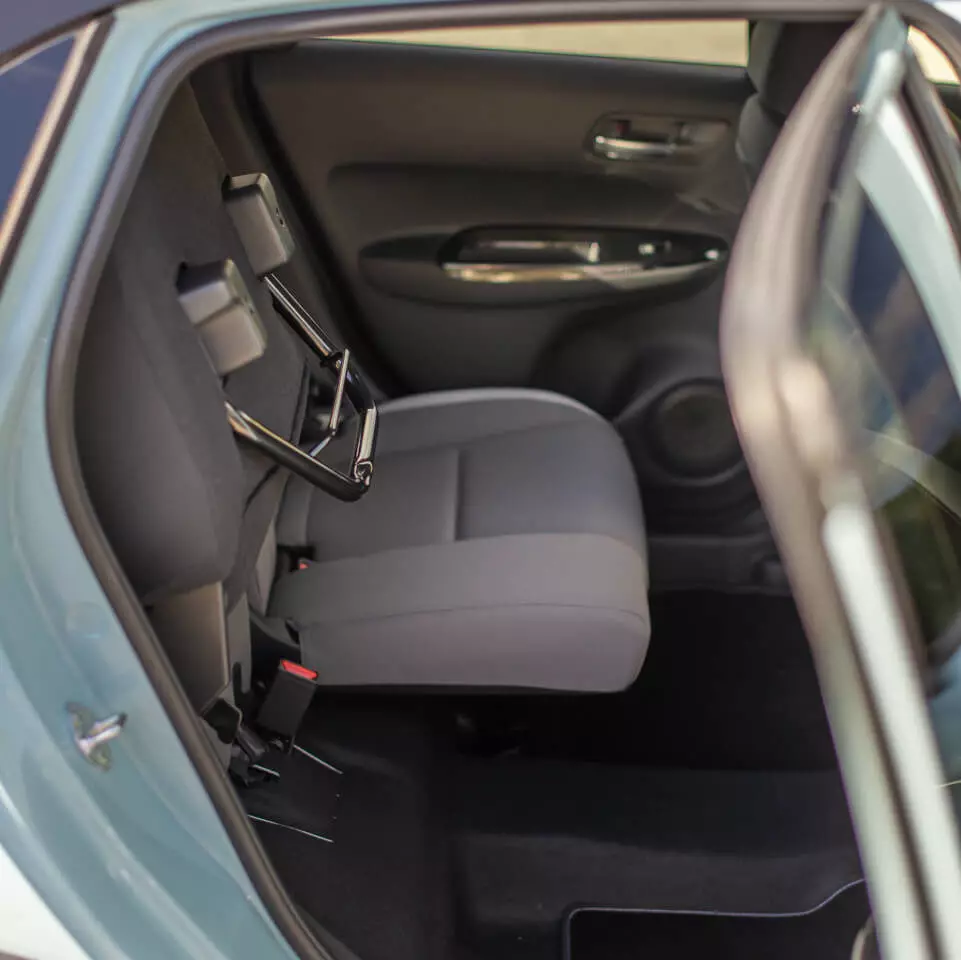
It remains as practical as when it appeared on the first Honda Jazz in 2001: the magic benches. It is very handy or to carry taller or bulkier objects.
But there is an “elephant in the room” and it's called the price — déjà vu, it was one of the same “elephants” in the Honda e test. The Honda Crosstar is only available in a single version with a single equipment level, the highest Executive. It is true that the list of equipment is vast and very complete — both in terms of safety and comfort equipment, as well as in terms of assistants to the driver — but even so the more than 33 thousand euros requested are difficult to justify.
We could say that, like 100% electric cars, it is the cost of the technology itself that we are paying, but it is an argument that loses strength when today there are 100% electric utilities for the same value (almost certainly not so good. equipped or versatile). And, what's more, they don't pay ISV, unlike Crosstar.
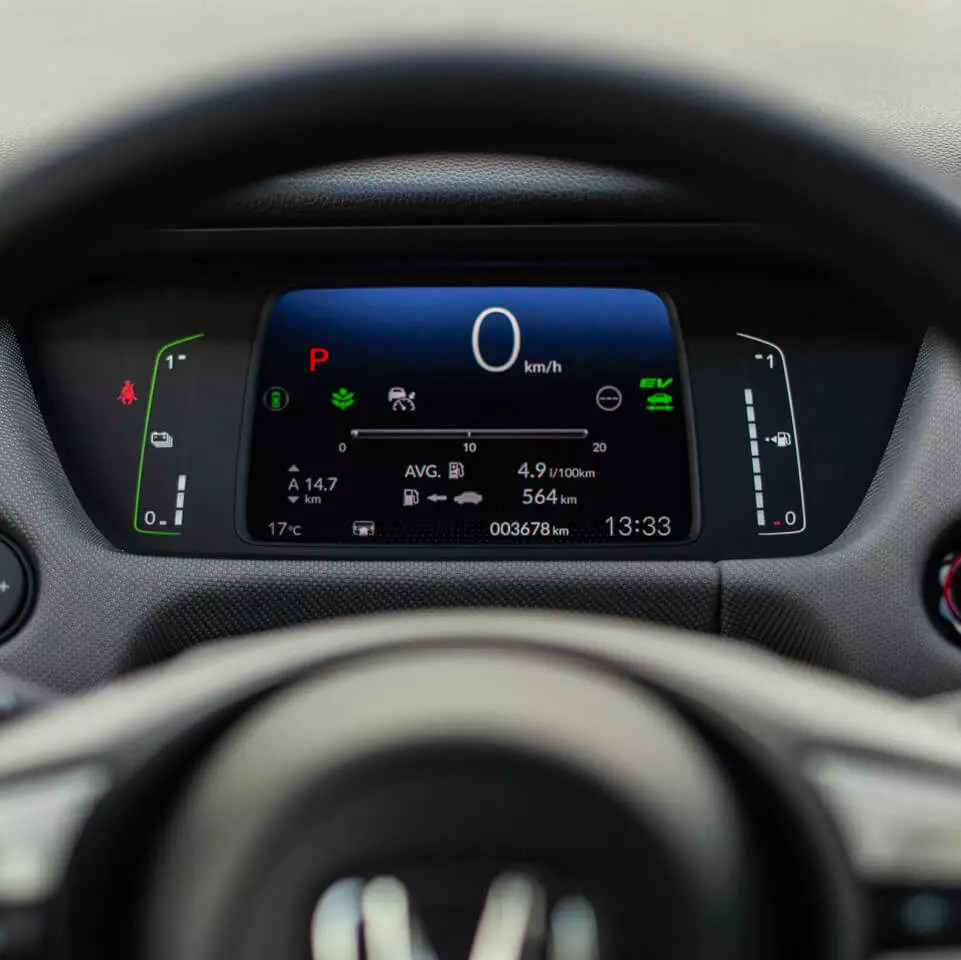
A 7" 100% digital instrument panel is not the most graphically appealing, but on the other hand, nothing to point to its readability and clarity.
But the bills are more shaky when we compare the price of the Honda Crosstar with other hybrids in the segment, such as the aforementioned Yaris 1.5 Hybrid, Clio E-Tech, or even the B-SUV Hyundai Kauai Hybrid (with a restyled version coming soon to the market). They don't rival Crosstar in terms of space/versatility, but they cost several thousand euros less than this one (even if only taking into account their more equipped versions).
For those who don't want to lose all Crosstar's space/versatility assets, all that's left is… Jazz. Offers everything Crosstar offers, but is slightly under 30,000 euros (still expensive, but not as much as its brother). What's more, it manages to be a little faster and more economical, although (very slightly) less comfortable.
